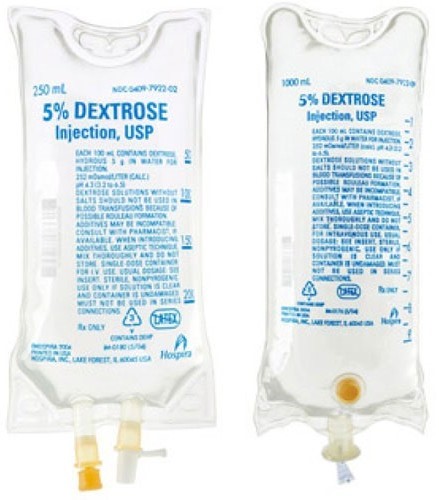A nurse needs to infuse esmolol to a patient weighing 65 kg. The dose on hand is 2,500 mg esmolol in 250 mL of fluid. The patient requires a dose of 200 mcg/kg/min to control a hypertensive crisis. Which rate should the nurse calculate to infuse this medication? Round to the nearest whole number.
78 mL/hr
105 mL/hr
60 mL/hr
16 mL/hr
The Correct Answer is A
To calculate the infusion rate, we need to convert the patient's weight from kilograms to milligrams.
Patient's weight: 65 kg
Dose required: 200 mcg/kg/min
First, let's calculate the total dose required for the patient per minute: Dose required = 200 mcg/kg/min * 65 kg
= 13,000 mcg/min
Next, we need to convert the dose from micrograms to milligrams:
13,000 mcg/min = 13 mg/min
Now, let's determine the infusion rate. We have 2,500 mg of esmolol in 250 mL of fluid. Therefore, the concentration of esmolol in the fluid is:
Concentration = 2,500 mg / 250 mL
= 10 mg/mL
To find the infusion rate, we divide the dose required by the concentration: Infusion rate = 13 mg/min / 10 mg/mL
= 1.3 mL/mi
Since the options are in mL/hr, we need to convert the rate from mL/min to mL/hr:
1.3 mL/min * 60 min/hr = 78 mL/hr
Therefore, the correct answer is:
a. 78 mL/hr
Nursing Test Bank
Naxlex Comprehensive Predictor Exams
Related Questions
Correct Answer is B
Explanation
This is another dosage calculation problem. To solve it, we need to use the formula:
Caloric need ÷ Calories per mL 1000 = Formula per day
In this case, the caloric need is 2250 calories, and the calories per mL is 2000/1000 = 2. Plugging these values into the formula, we get:
2250 ÷ 2 × 1000 = 1125
Therefore, the client would need **1125 mL** of formula per day to meet the calorie requirements.
Correct Answer is B
Explanation
Dextrose 5% in water (D5W) is an IV fluid that contains **5 grams of dextrose** per 100 mL of water². To calculate how many grams of dextrose are in 500 mL of D5W, you can use a simple proportion:
5 g / 100 mL = x g / 500 mL
Cross-multiply and solve for x:
x = (5 g * 500 mL) / 100 mL
x = 25 g
Therefore, there are **25 grams of dextrose** in 500 mL of D5W.

Whether you are a student looking to ace your exams or a practicing nurse seeking to enhance your expertise , our nursing education contents will empower you with the confidence and competence to make a difference in the lives of patients and become a respected leader in the healthcare field.
Visit Naxlex, invest in your future and unlock endless possibilities with our unparalleled nursing education contents today
Report Wrong Answer on the Current Question
Do you disagree with the answer? If yes, what is your expected answer? Explain.
Kindly be descriptive with the issue you are facing.
